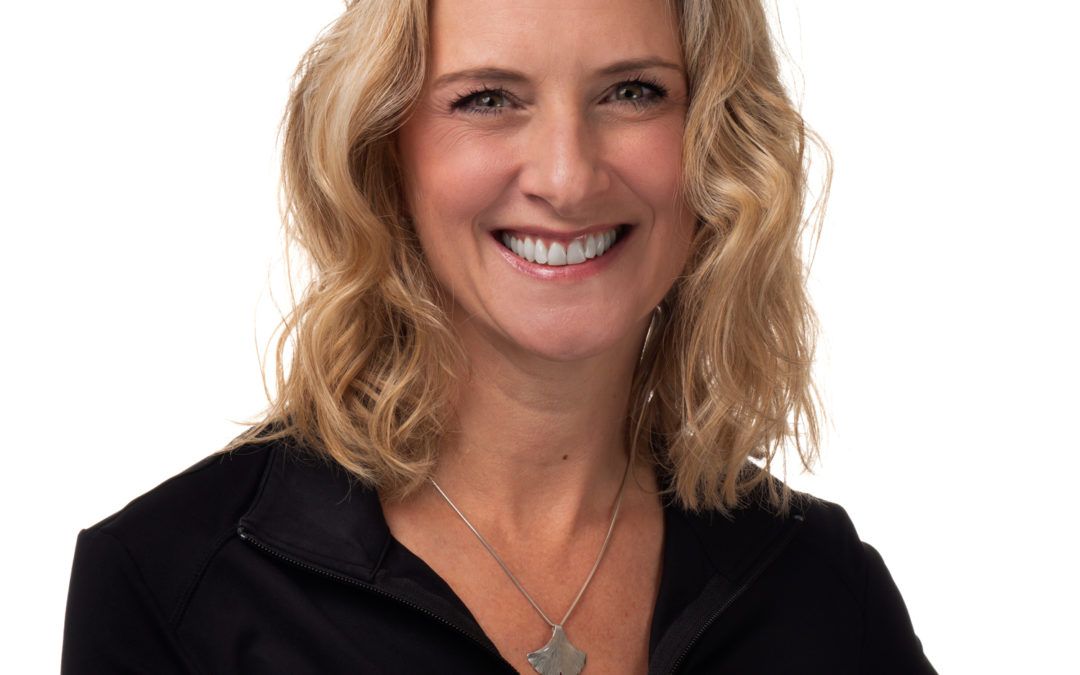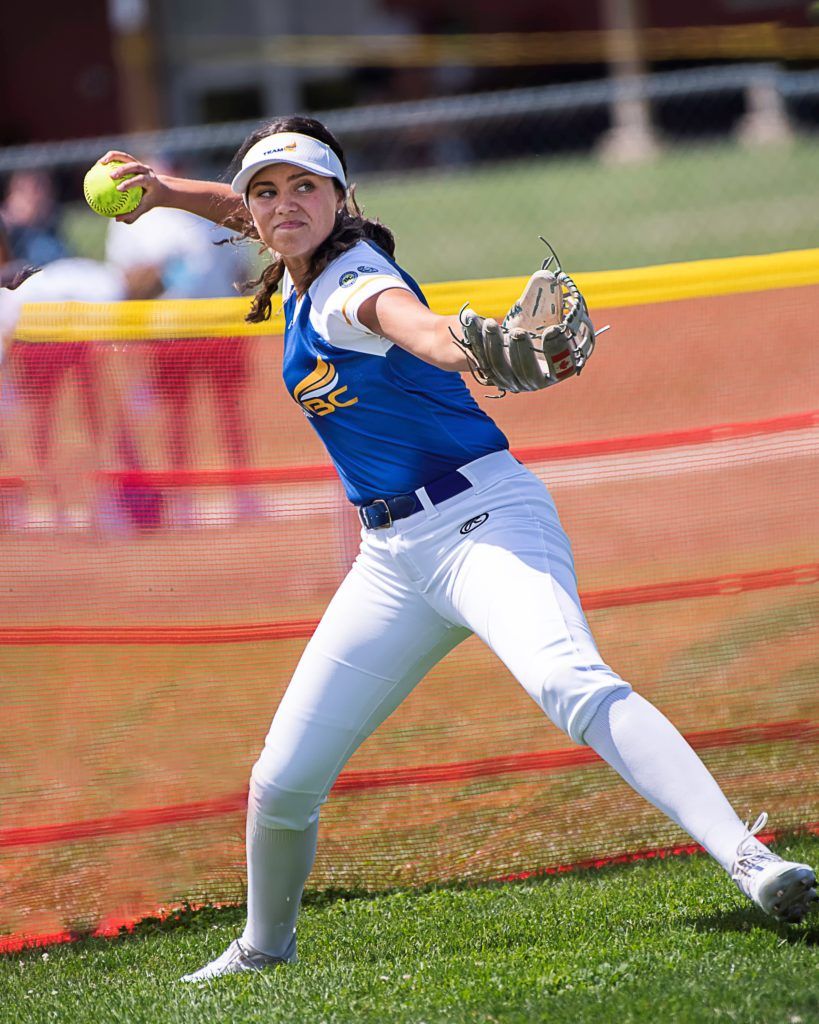
Leanne Kitteridge
Leanne is a Registered Yoga Teacher with Yoga Alliance and has been teaching yoga since 2004. In 2006, Leanne became interested in Anusara Yoga®, a style of yoga that assisted with the healing of chronic pain issues in her shoulder.



